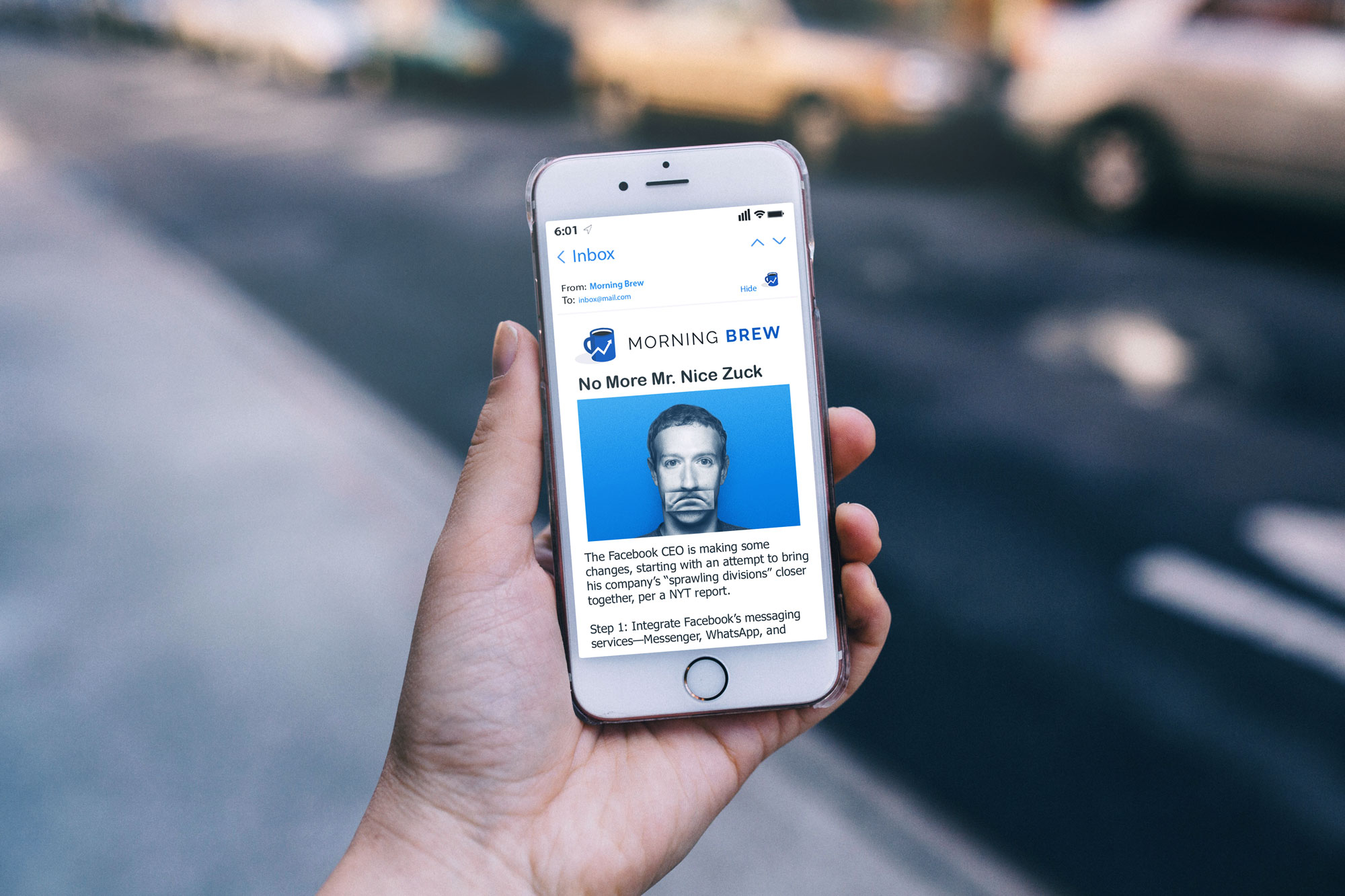The genesis of email has drastically changed the way we communicate. Love it or hate it, email has become the most widely-used form of communication in the modern workplace. It’s allowed people to connect with distant relatives, share photos with friends, and discuss interesting articles with colleagues.
But what I find most gripping is how email has reemerged as the best channel for brands to communicate with their consumers. It has bridged the communication gap marketing experts have sought to close for years. By tapping into their target audience through email, marketing strategists have experienced massive success, with 89% deeming their email marketing strategy successful. What makes email so uniquely effective and why will this trend continue down the line?
Email is direct and personal
One of the most apparent reasons for email’s success is its straightforward and personal nature. When you send an email, you are creating a direct line of communication between you and another person. Whether you are informing the reader of company news or prompting a transaction, the connection exists in real-time on an individual level. The inbox is an intimate space and therefore, emails you receive from retailers, newsletters or other brands, live in the same space as emails from people you actually know. This proximity creates a sense of familiarity with the organization and their messaging.
Messaging in emails can also be tailored to a specific group/individual. Unlike social media posts, which often address everyone following a particular organization, email assures (or at least gives the illusion) that the communication is more personal. In today’s interconnected world, the consumer is constantly bombarded with advertisements and marketing messages. For this reason, they are far more likely to engage with personalized content that is relevant to them. In fact, emails with personalized subject lines are 26 percent more likely to be opened. This is one of the biggest benefits of investing in email as a marketing tactic as part of a larger business model. The customizable component of email is often touted as one of its best and most effective attributes.
Portability of the Inbox
The presence of mobile phones and other devices has completely disrupted the email game. Checking email on your desktop is still commonplace, but now people can carry around their inboxes on their phones, tablets or other mobile devices, no matter where they are. This has created an even greater level of accessibility to target audiences. Pew Research Center reports that 52 percent of U.S. cellphone owners access their emails from their phones. Furthermore, 61.9 percent of email opens occurred on mobile devices. This data is evidence of the increasing portability of the inbox. Additionally, the volume of those that use email is not poised to slow down any time soon. Whether it’s a newsletter, promotional offer or recruitment letter, businesses would be wise to continue utilizing email and finding ways to curate even more access and personalized messaging.
Future of email
Email is most definitely not dead and will only continue to grow based on data from the Radicati Group, asserting that the number of email users is expected to increase to 4.2 billion users by the end of 2022 from 3.8 billion in 2018. Despite all of the wonderful benefits of using email, marketing professionals must be wary that the inbox is a crowded space. Think about how many promotional emails you receive on a daily basis. Because of email’s massive success, there are few companies that have not latched on to this consistent and inexpensive way to acquire readers, customers, or subscribers. This trend has led to an extremely saturated inbox.
From a content perspective, this is an important reality to keep in mind. The most essential part of my job at Morning Brew is assuring that each day we are delivering quality content that will stand out. At the end of the day, it doesn’t matter how great your product is if it doesn’t differentiate itself. That being said, an oversaturated inbox should not deter email marketing professionals and newsletter writers from continuing to evolve their email communication strategies to acquire and retain subscribers, readers or customers. Email will continue to play a huge role in connecting with consumers and it is up to those creating email content to capture their attention.


